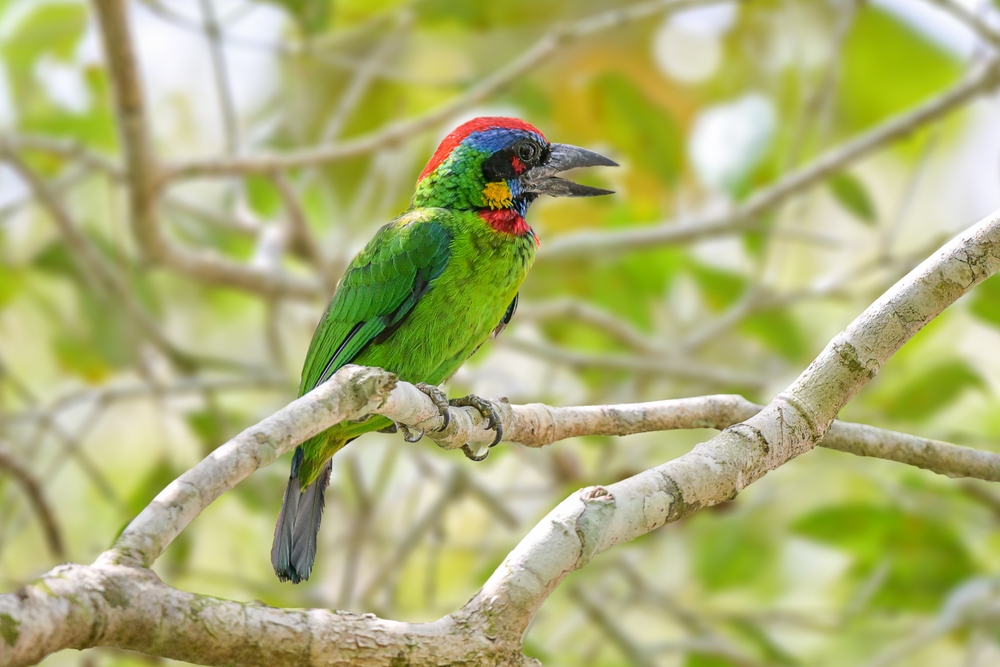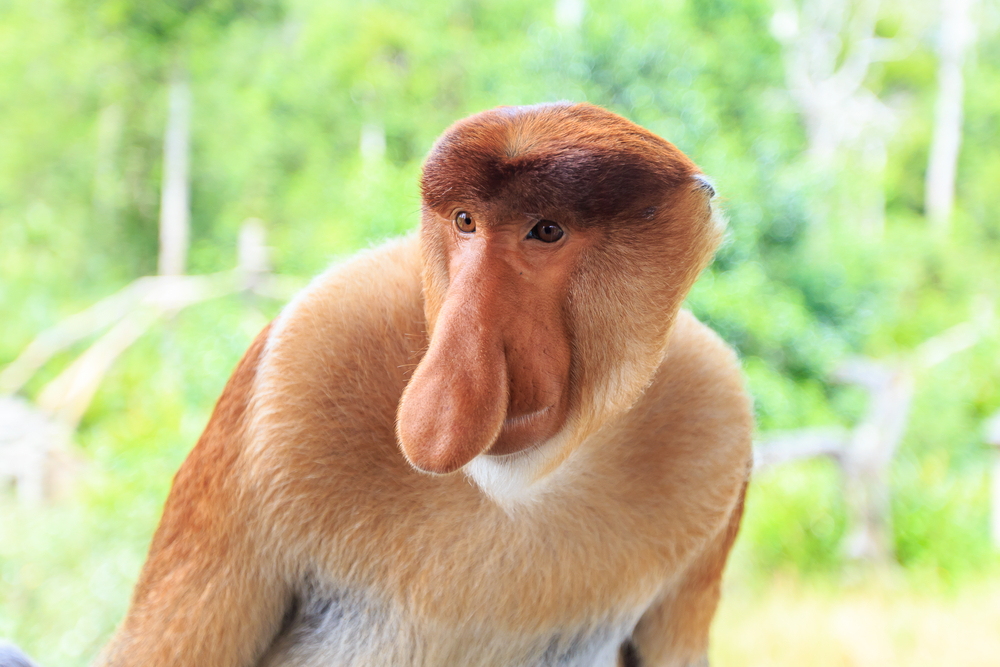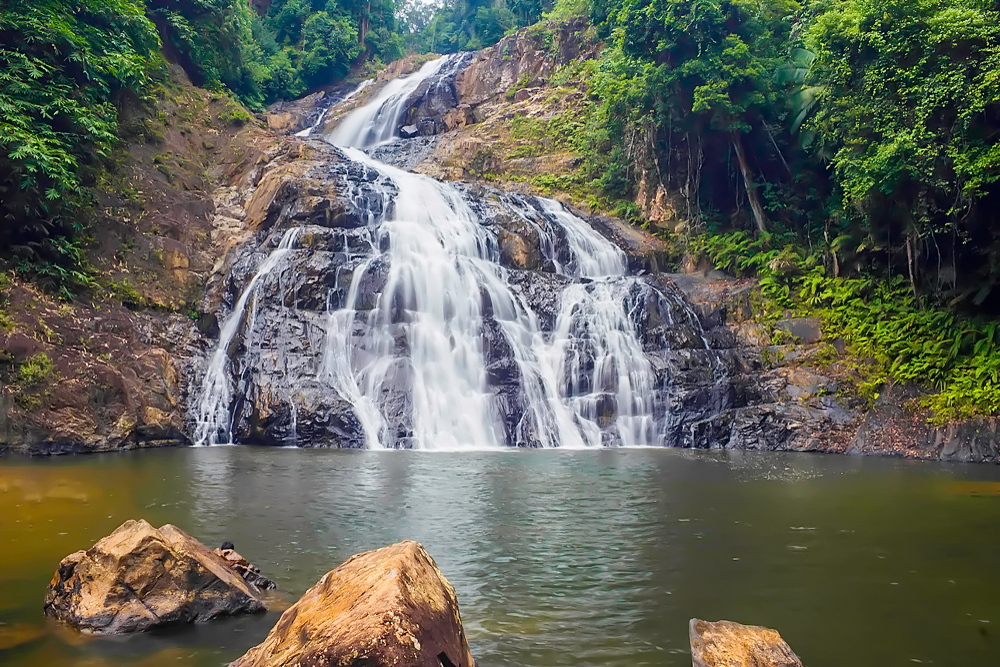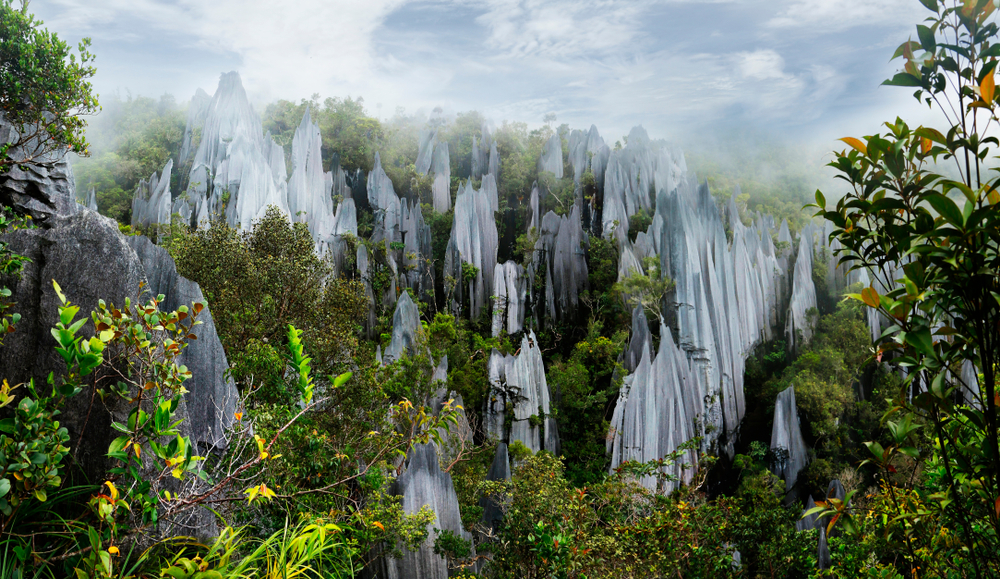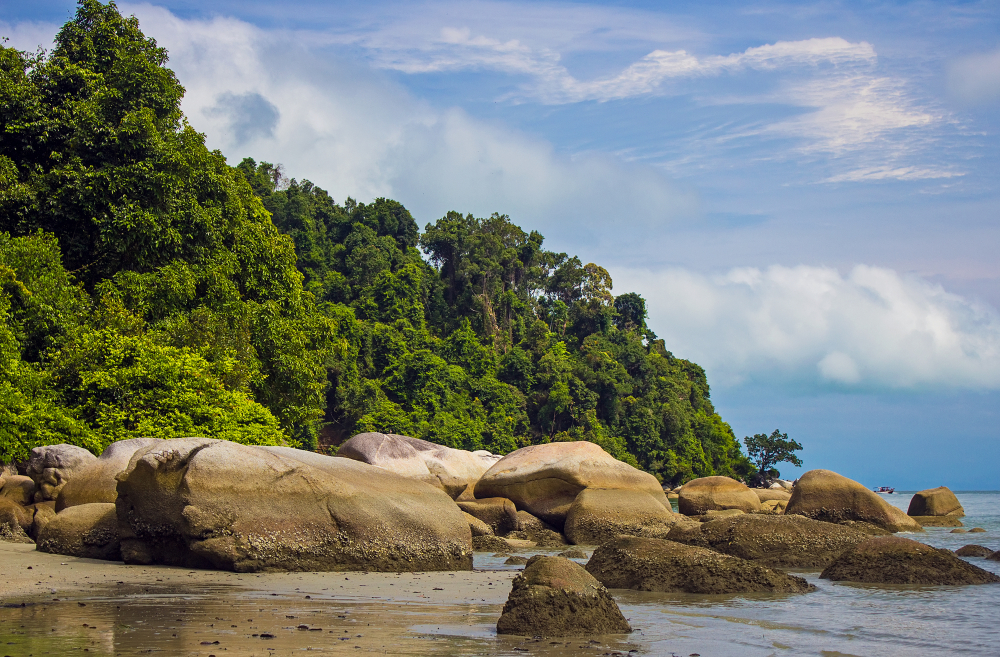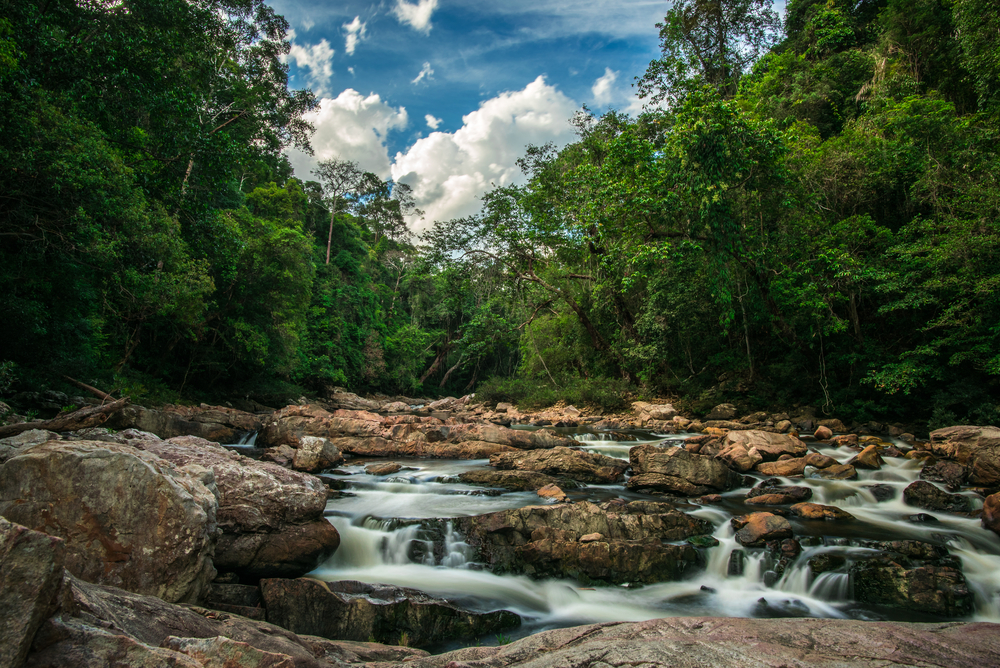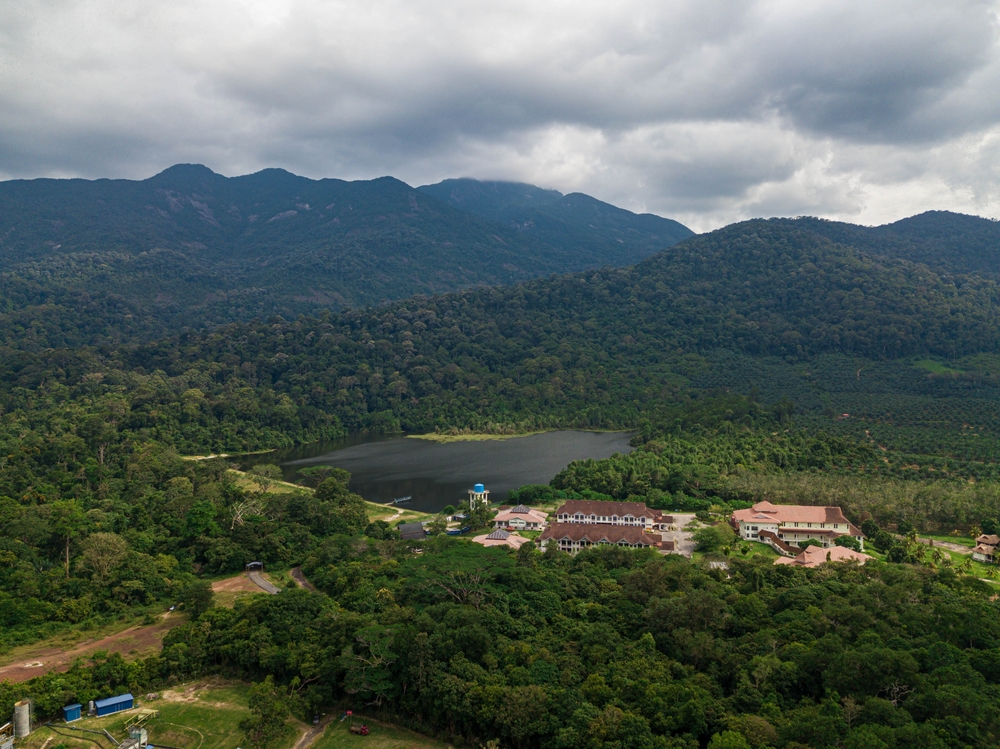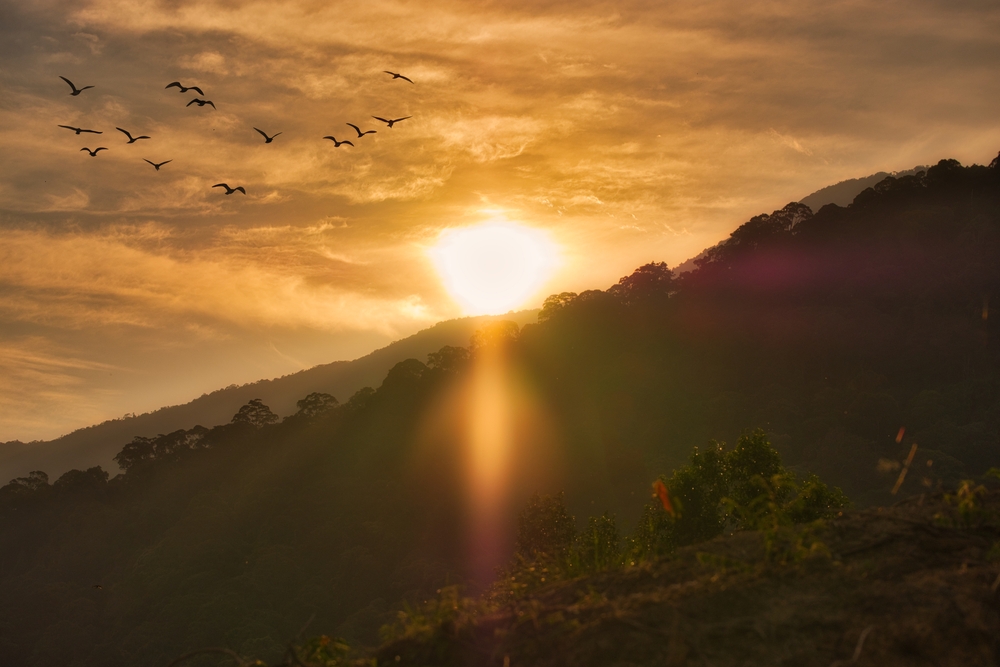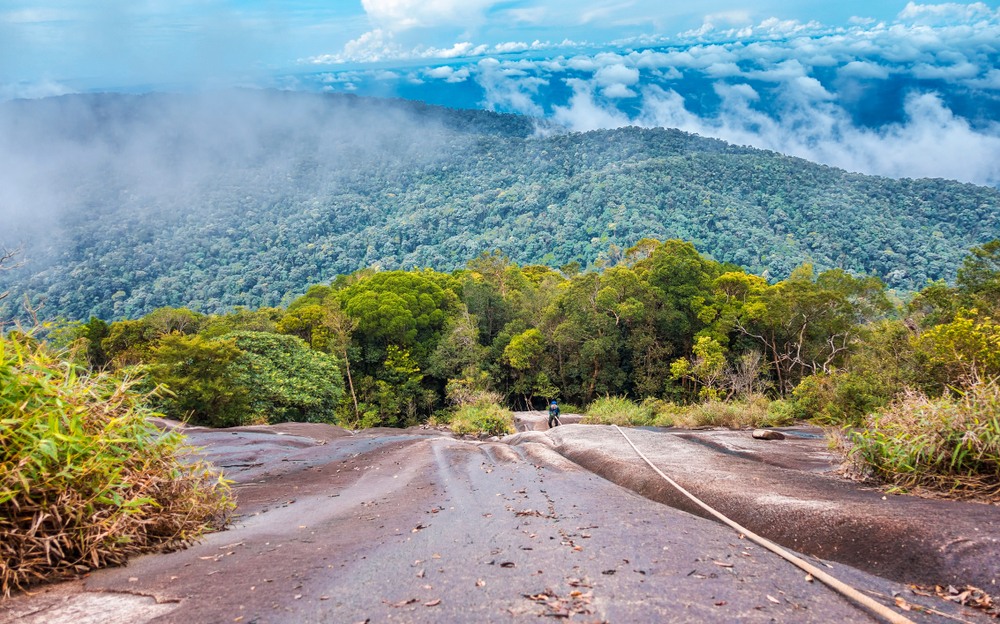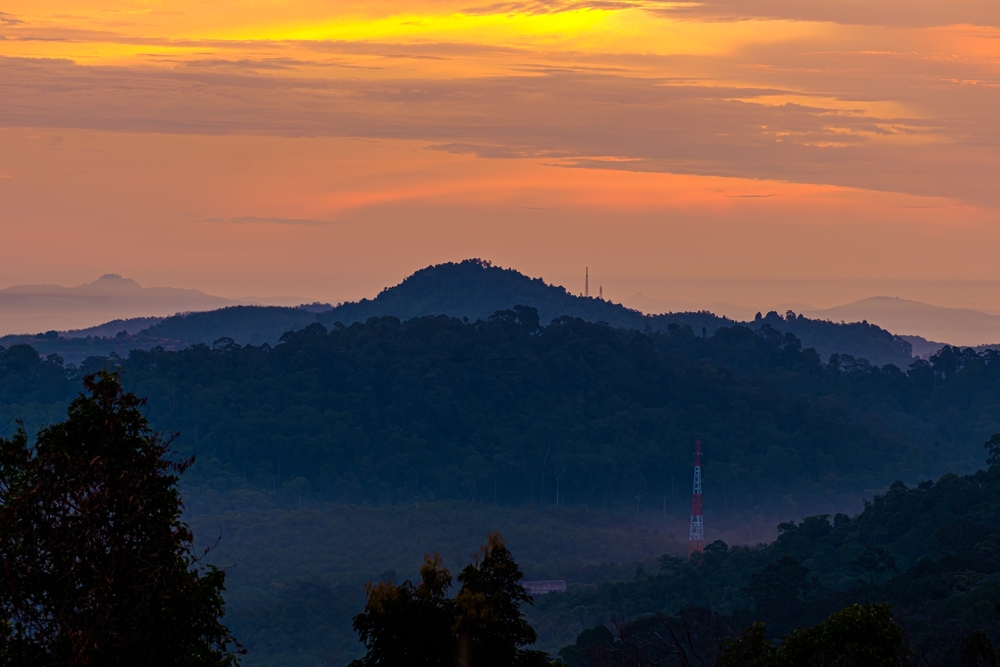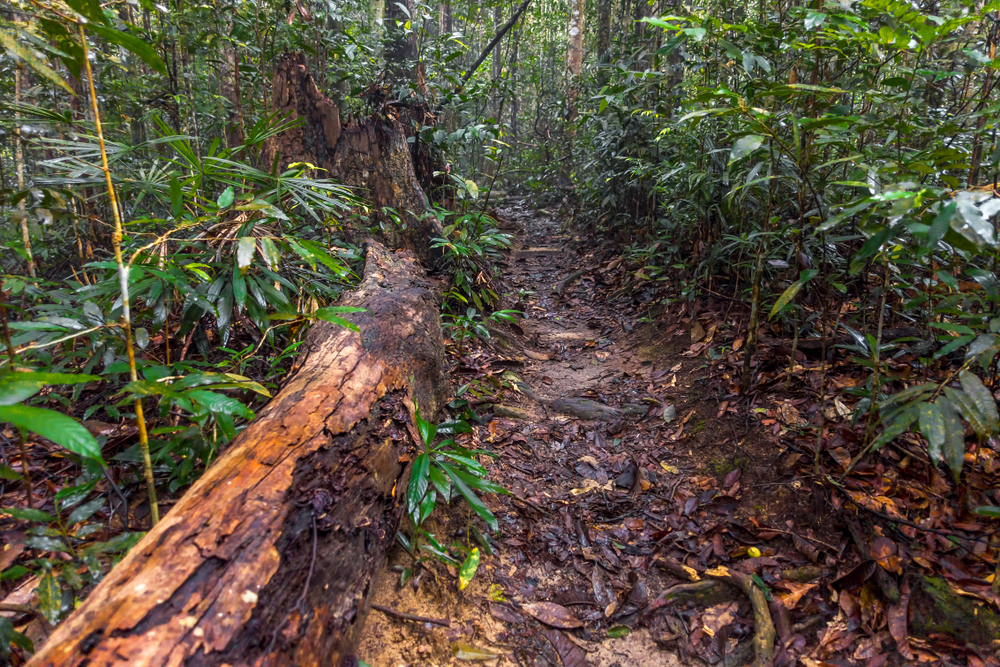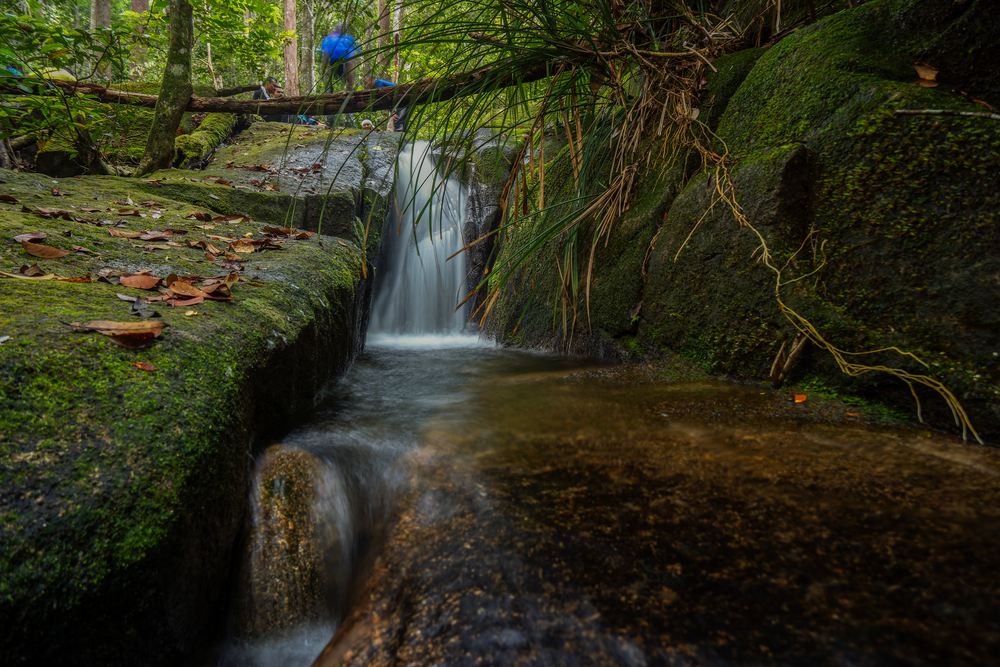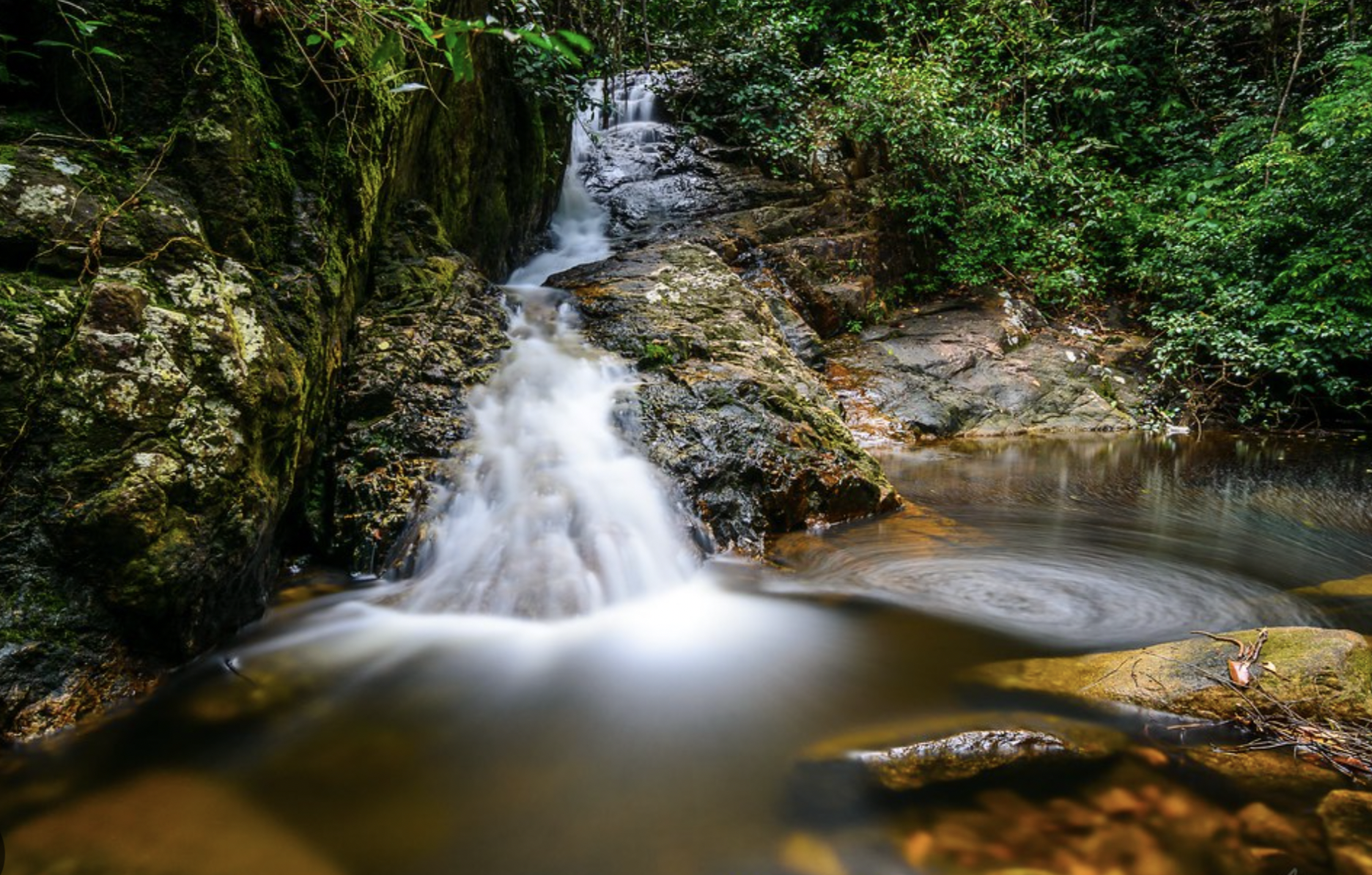Gunung Ledang Overview
Gunung Ledang National Park, known in Malay as Taman Negara Gunung Ledang, is located in the state of Johor in southern Peninsular Malaysia, near the border with Melaka. The park encompasses approximately 22 square miles, which is about 56 square kilometers, and is centered around the prominent peak of Mount Ophir, or Gunung Ledang, which rises to 4,087 feet (1,246 meters) above sea level.
This mountain is one of the most well-known peaks in Peninsular Malaysia and has long been the subject of legend and folklore. The park is easily accessible from nearby cities like Tangkak and Muar, making it a popular nature destination for both local and international visitors.
The terrain of the park is steep and rugged, characterized by tropical rainforest vegetation, fast-flowing rivers, and hidden cascades. The dense jungle includes towering dipterocarp trees, moss-covered rocks, and bamboo thickets. Notable natural landmarks include Puteri Waterfall and the mystical Bukit Botak.
The upper montane forest, especially near the summit, presents cooler temperatures and a distinct ecology with mossy trees and stunted vegetation. The transition from lowland forest to cloud forest offers a stunning gradient of biodiversity, drawing ecologists and nature lovers alike.
Wildlife in Gunung Ledang National Park is diverse but can be elusive due to the dense forest and elevation. Visitors may hear or glimpse agile mammals such as long-tailed macaques, dusky leaf monkeys, and the lesser mouse-deer.
Birdlife is especially rich, with sightings that may include the black-bellied malkoha, red-crowned barbet, and various species of hornbills and drongos. Amphibians and insects are abundant, including vibrantly colored frogs and butterflies, particularly around streams and waterfalls. The higher elevations are home to more specialized species adapted to cooler, misty conditions.
One of the most popular features of the park is the challenging yet rewarding climb to the summit of Gunung Ledang. The ascent offers scenic views, natural rest stops, and sites of legendary significance, such as the famed Seven Steps and Puteri’s Garden.
These locations are tied to the legend of the Princess of Gunung Ledang, a key part of local folklore. Beyond hiking, the park provides opportunities for birdwatching, jungle trekking, and photography. Cooler temperatures near the summit provide a refreshing break from the tropical heat of the lowlands, making the climb even more rewarding.
Visitors can engage with the park primarily through guided treks, either for day hikes or overnight summit expeditions. Jungle camping is allowed at designated campsites, and knowledgeable guides often accompany visitors to share both ecological and mythological insights.
Waterfalls offer relaxing picnic spots and natural swimming pools, especially during drier seasons when river levels are safer. The park is managed to maintain a balance between tourism and environmental protection, requiring permits for overnight hikes and enforcing strict littering and conservation rules.
Like many forested parks in Malaysia, Gunung Ledang faces conservation challenges including illegal logging in surrounding areas, waste left by careless visitors, and potential pressure from increased tourism.
However, the park has made notable strides in conservation through controlled access, educational signage, and partnerships with local communities and universities. Restoration programs, stricter enforcement of regulations, and increased environmental awareness among hikers have contributed to a growing culture of eco-responsibility.
The enduring popularity of the park has been leveraged to promote conservation goals, making it a model of balancing cultural heritage, biodiversity, and sustainable tourism.








































































